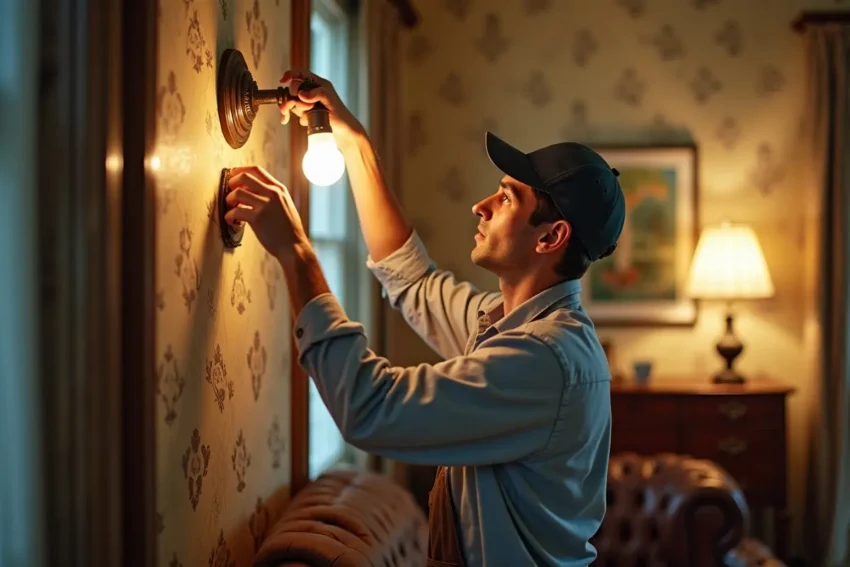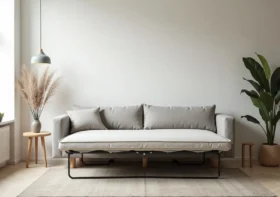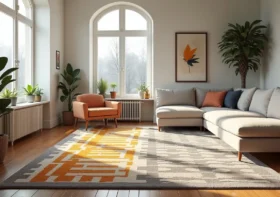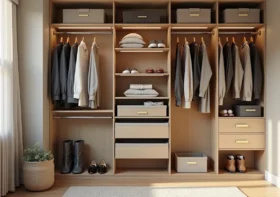Elevate Your Home’s Design and Safety: Why Vintage Fixtures May Be Costing You

Vintage fixtures can add undeniable charm to a home. Whether it’s an antique clawfoot bathtub, a brass faucet from decades past, or ornate porcelain handles, these pieces often carry a sense of history and character that modern designs can’t replicate. They’re conversation starters, design focal points, and sentimental treasures.
But behind the aesthetic appeal, vintage fixtures can hide costly—and sometimes dangerous—problems. In the pursuit of style, many homeowners overlook the practical side of integrating older fixtures into their living spaces.
From hidden leaks to outdated plumbing connections, the risks can outweigh the rewards if you don’t know what to look for.
Contents
The Allure of Vintage Fixtures
There’s something special about walking into a bathroom or kitchen that tells a story. Vintage fixtures can complement a wide range of styles—from rustic farmhouse to modern eclectic. They bring texture, warmth, and personality to spaces that might otherwise feel flat.
Designers often incorporate them to create a unique balance between old-world craftsmanship and modern amenities. But in many cases, those beautiful features are connected to plumbing systems that are far less glamorous—and potentially problematic.
Hidden Problems Behind the Beauty
While vintage fixtures may look stunning, their internal components might be worn, corroded, or incompatible with modern plumbing standards. Here are some common issues to be aware of:
- Lead Content – Many older faucets and pipes were manufactured before strict regulations on lead in plumbing. Even trace amounts can pose health risks over time.
- Inefficient Water Flow – Older fixtures often use significantly more water than modern, water-efficient models, increasing both your utility bills and environmental footprint.
- Corrosion and Wear – Brass, copper, and steel components can corrode internally, leading to leaks that may not be visible right away.
- Poor Compatibility – Connecting antique fixtures to modern plumbing systems without proper adjustments can cause pressure issues, leaks, or premature wear.
Design Meets Safety: Finding the Balance
You don’t have to abandon the idea of using vintage fixtures altogether. The key is to integrate them in a way that maintains the charm while protecting your home’s safety and efficiency. This is where working with an experienced plumber becomes essential.
A professional can assess the condition of the fixture, test for harmful materials, and determine whether it can be safely retrofitted. In many cases, they can replace internal components with modern parts while preserving the outward appearance you love.
As much as vintage fixtures bring a sense of nostalgia, the truth is that most homes today rely heavily on modern systems that weren’t even imagined when those pieces were first made. Plumbing is one part of that, but the same idea applies to the digital backbone of your home. Reliable connectivity affects everything from smart leak detectors to the devices we use daily, which is why many homeowners now consider upgrading to wireless business internet to support a faster, more stable setup. It’s a reminder that mixing old and new works best when the charm stays aesthetic, while the essential systems behind the scenes stay fully modern.
When It’s Time to Let Go
Sometimes, a fixture’s condition simply makes it unsafe or impractical to keep. It might have irreparable cracks, severe corrosion, or outdated connections that are incompatible with your plumbing system. In these situations, a skilled plumber can help you find a replica or reproduction piece that offers the same aesthetic with none of the risks.
This option allows you to maintain your desired design theme without compromising safety or functionality. Many manufacturers now produce fixtures that mimic antique designs but meet today’s plumbing and efficiency standards.
The Cost of Ignoring the Warning Signs
Holding onto a failing vintage fixture isn’t just a stylistic choice—it can become an expensive mistake. Hidden leaks can damage cabinetry, flooring, and even the structural integrity of your home. Excess water usage can inflate your utility bills year after year.
Worst of all, undetected issues can lead to sudden plumbing emergencies, such as burst pipes or flooding. These problems are not only costly to repair but can also disrupt your daily life. Partnering with a qualified plumber ensures these risks are identified early and addressed before they escalate.
How to Incorporate Vintage Fixtures Safely
If you’re set on adding vintage charm to your space, follow these tips to do it responsibly:
- Start with an Inspection – Have a professional plumber evaluate both the fixture and your existing plumbing system before installation.
- Upgrade Internal Parts – Where possible, replace washers, valves, and connectors with modern components to improve safety and efficiency.
- Mind the Water Pressure – Older fixtures may require adjustments to prevent undue stress on pipes and joints.
- Be Selective – Use vintage fixtures as statement pieces rather than outfitting an entire space with outdated hardware.
- Consider Placement – Install vintage items in low-use areas, such as guest bathrooms, to reduce wear and tear.
The Takeaway
Vintage fixtures can be the perfect design element to give your home personality, but they should never come at the cost of safety or functionality. By collaborating with a knowledgeable plumber, you can enjoy the timeless look you love without inviting hidden hazards into your home.
The best home designs seamlessly combine beauty and practicality. With careful planning and expert guidance, you can elevate your home’s aesthetic while ensuring it remains a safe, efficient, and comfortable place to live for years to come.



